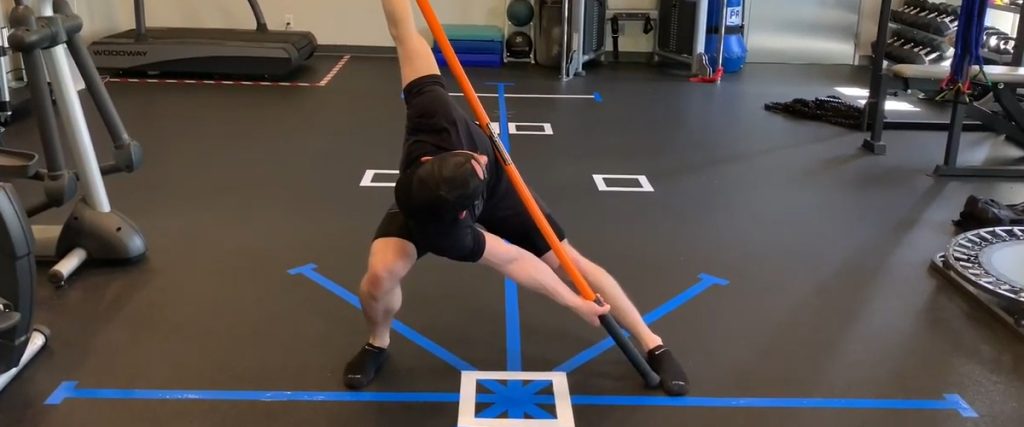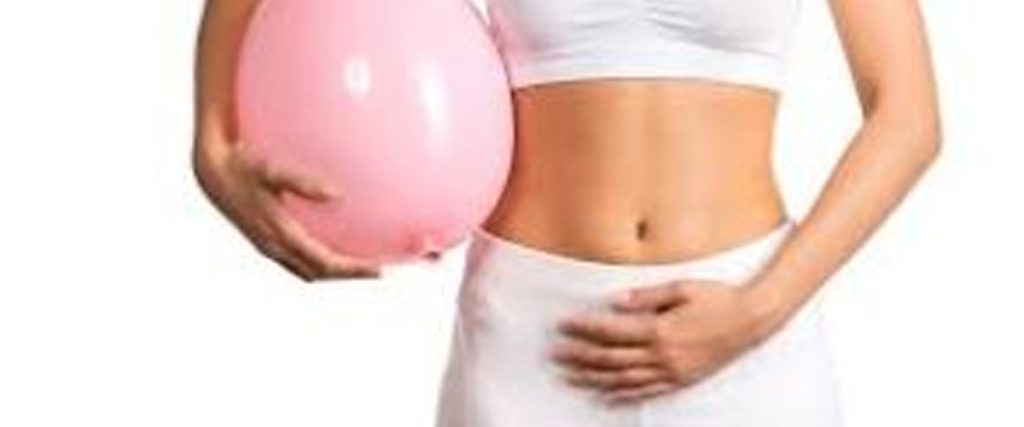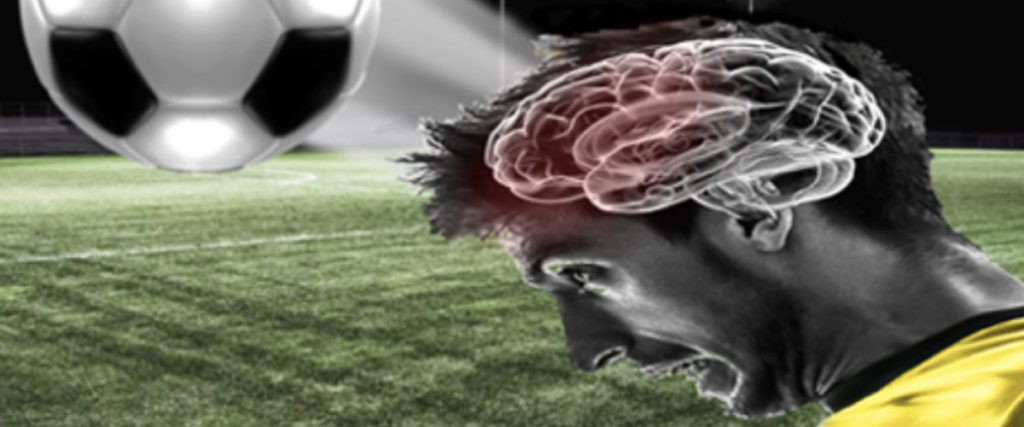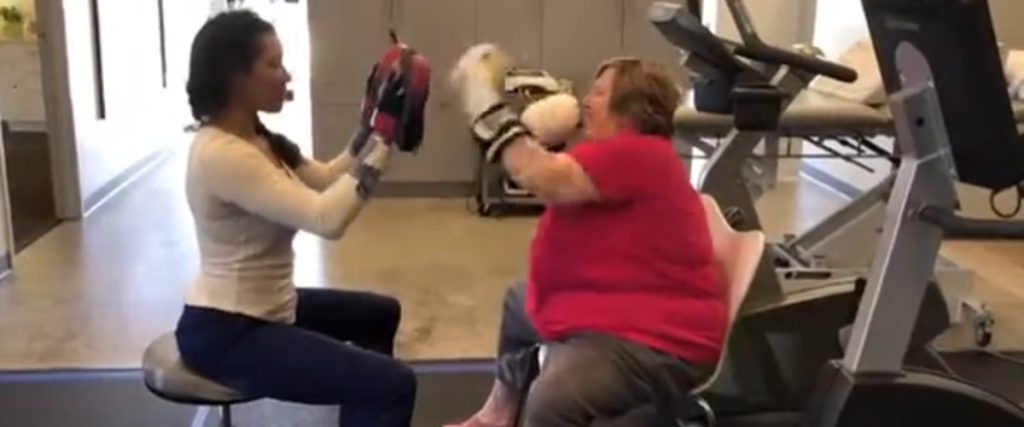SHOULD YOU TAKE PROBIOTICS?
Probiotics are “good” bacteria that are beneficial to the body. Probiotics exist naturally in some foods (such as some types of yoghurt and fermented vegetables such as pickles and sauerkraut), but can also be taken in dietary supplement form, via products such as Yakult. While our digestive system ordinarily contains trillions of microbes, including both “good” and “bad” bacteria, sometimes the balance between these can get out of whack. Diseases, poor lifestyle behaviours (such as not eating enough fruit and vegetables, heavy drinking, smoking, and physical inactivity) and ageing can all disrupt this balance. Benefits Microbes in the lower intestinal tract help us digest food, fight harmful bacteria, and regulate the immune system. But sometimes an imbalance of microbes occurs, leading to diarrhea and other health problems. When the gut becomes unbalanced with unhealthy levels of certain bacteria, probiotics can help restore the balance. They’ve been shown to secrete protective substances, which may turn on the immune system and prevent pathogens from taking hold and creating major disease. Some studies that suggest if you take a probiotic while taking antibiotics, you’re less likely to get diarrhea caused by the antibiotic. Probiotics taken as a supplement may also reduce the number of colds you’ll have in a year. Probiotics are commonly used to reduce gastrointestinal symptoms that are not due to acute illness, such as gas, bloating, and constipation. However, there isn’t a lot of evidence to document that this works, particularly in older people. Risks There are many types of probiotics on the market. Some have been well studied, and some haven’t. One potential risk is if someone has an immune system weakened by illness or medication, that person could get sick from taking probiotics. Another concern about probiotics is that they’re considered dietary supplements, not drugs. As a result, the FDA doesn’t monitor the manufacture of probiotics. It’s hard to know if probiotics that can be bought at pharmacies and health food stores are high-quality products. It’s even possible that some lower-quality products may not even contain the probiotic bacteria that are listed on the label. Recommendations Don’t start taking probiotics without talking to your doctor or pharmacist about whether probiotics might help you. People who have immune deficiency or are being treated for cancer should not use probiotics without a doctor’s okay. The most common species of bacteria used in probiotics (among a potential 3,000 or so) are species of Lactobacillus or Bifidobacterium. The bacteria are usually freeze-dried (but remain alive); when you take the supplement, they warm up in your digestive system and become fully active. You can find probiotic supplements in most drugstores and supermarkets. They come as capsules or tablets to swallow and as loose powder to sprinkle on food. You’ll want a product that explicitly states a “sell-by” date. Dosages vary by product, so no general dosing recommendation can be made. However, common dosages for adults range from five billion to 10 billion colony-forming units per day. Take just one dose of probiotics per day. Some people may experience diarrhea in the first few days of taking probiotics, but this goes away. probiotics at the end of a meal may help to reduce the symptoms.










